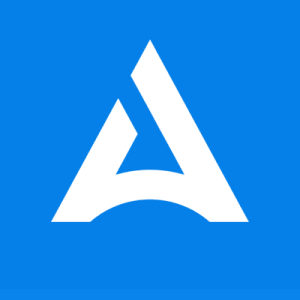Drata keeps adding new features, allowing us to build our entire InfoSec program within it. Adding new components and evidence for different audits is easy. Drata also integrates with various software, like ticketing systems, source code control, and cloud platforms, continuously pulling evidence from these integrations. Without a GRC tool with these integrations, we used to gather evidence from different software during audits manually.
Drata has a significant impact on our security posture management. Previously, Drata had features for security posture management, primarily through integration with AWS. For example, it would scan AWS for specific security requirements, like ensuring all S3 buckets are private. It will be reported on the Drata platform if it finds a public bucket.
Recently, Drata introduced a new feature that uses an infrastructure-as-code approach. This feature detects issues and provides AI-generated suggestions for fixing them. If an organization uses infrastructure-as-code solutions like Terraform, Drata will suggest changes to the Terraform code to address the issues. You can then review and apply these changes to fix the problems. This is particularly useful when dealing with many topics, as it helps automate and speed up the process of implementing fixes. However, this AI-generated code feature is part of Drata’s upsell options. The basic version of Drata offers limited capabilities compared to the advanced features available with a paid upgrade.
Even without this new feature, Drata's security posture management is valuable, as it scans cloud environments for deviations from defined security baselines. Many tools offer similar capabilities, but Drata’s new feature that translates issues into actionable fixes is a notable advancement. This benefits teams with the capability and resources to use this tool effectively.






